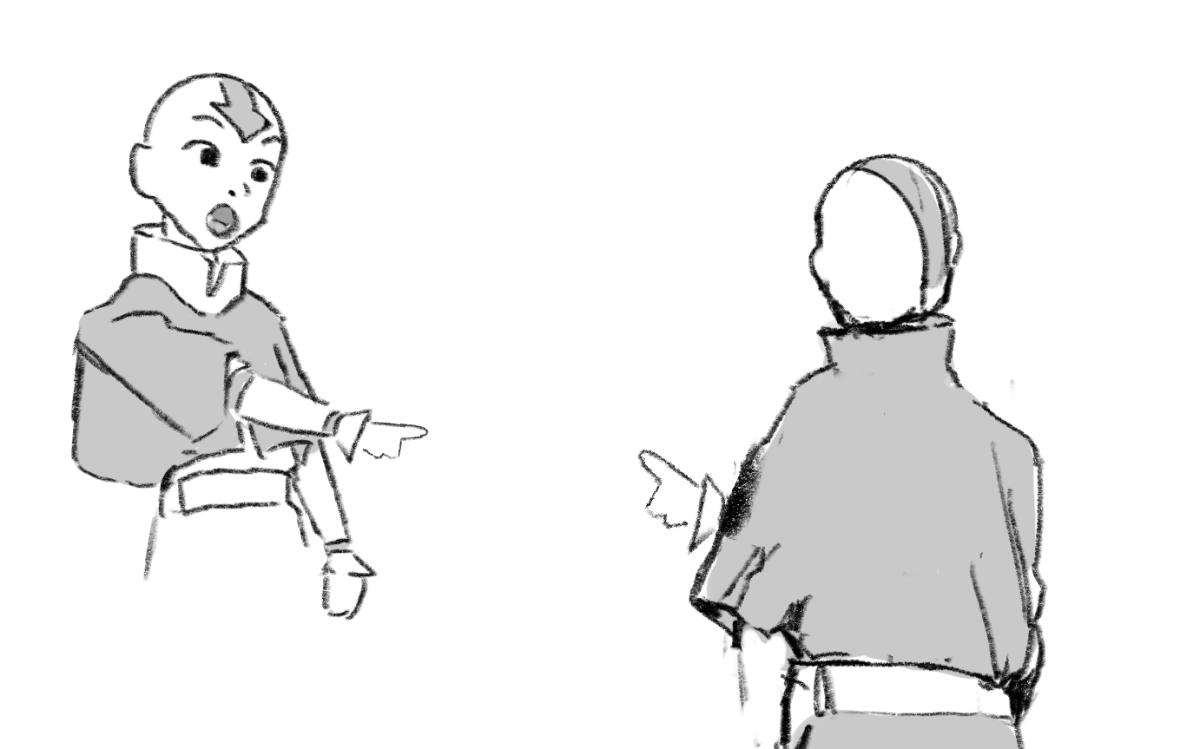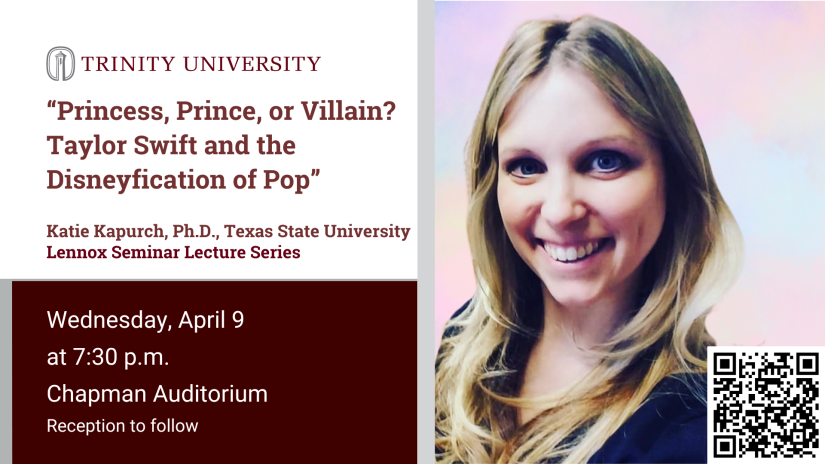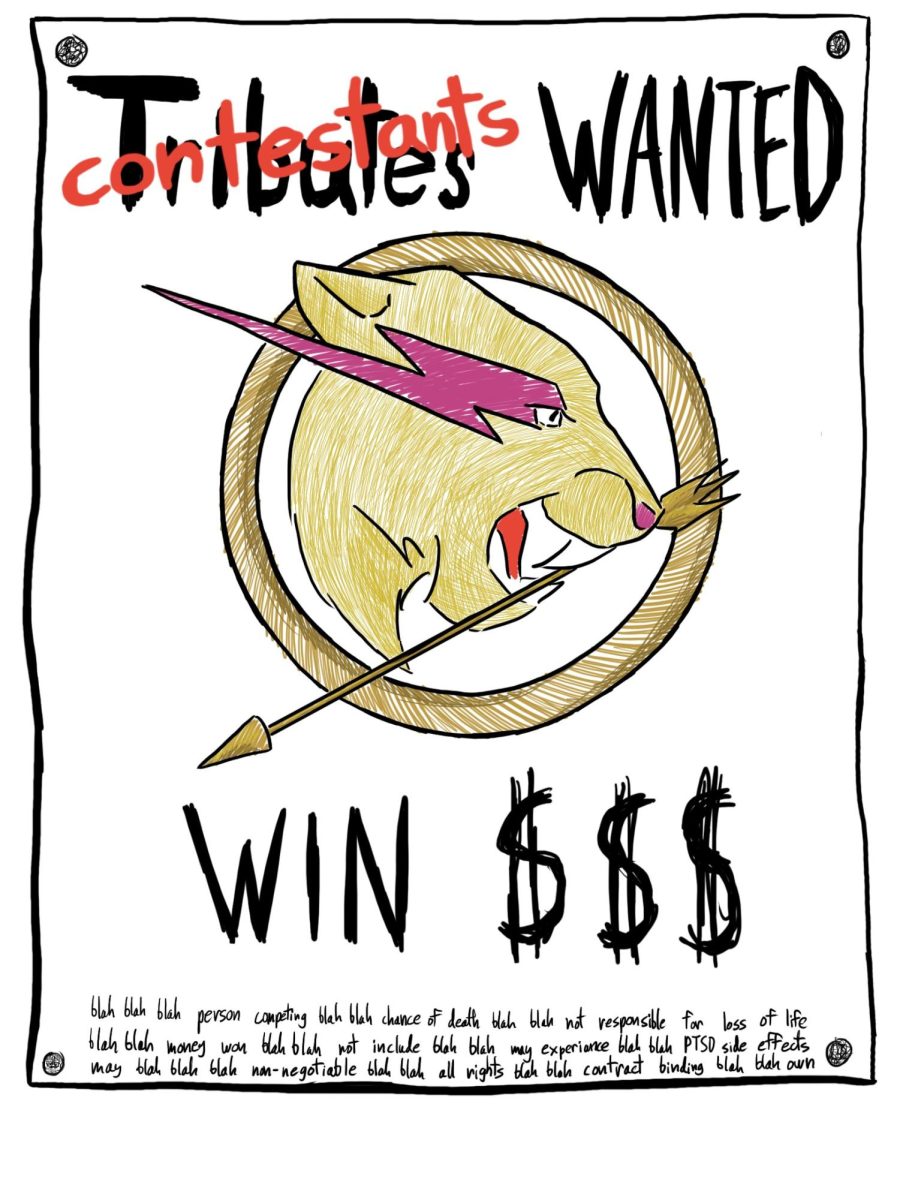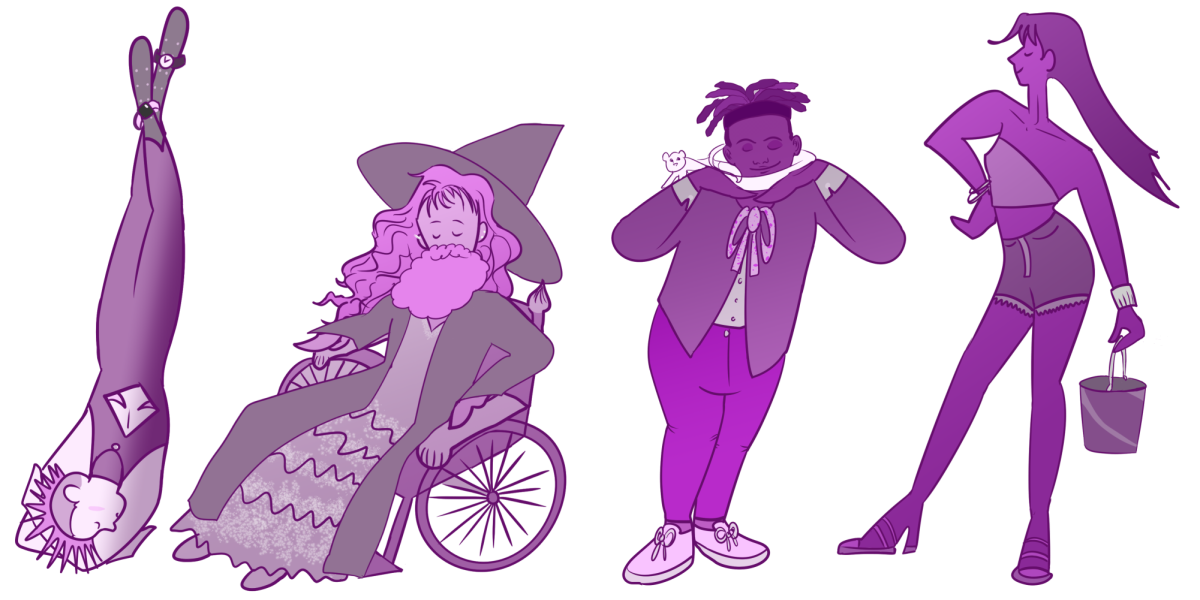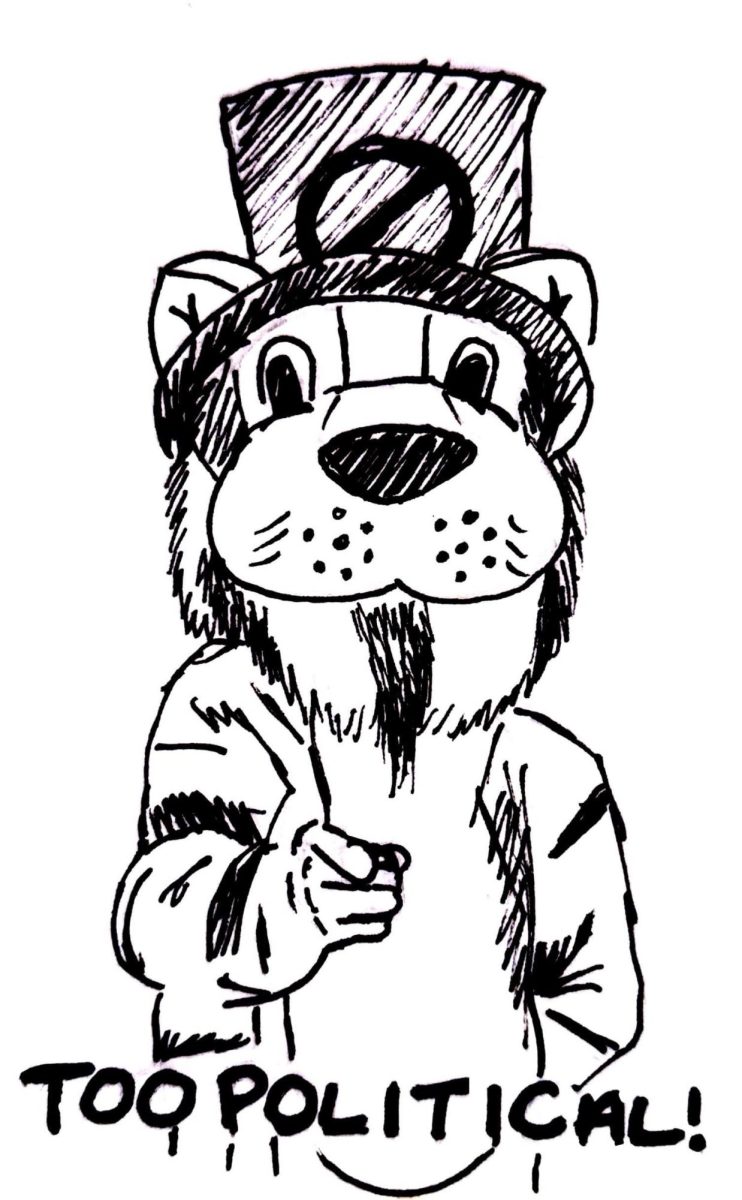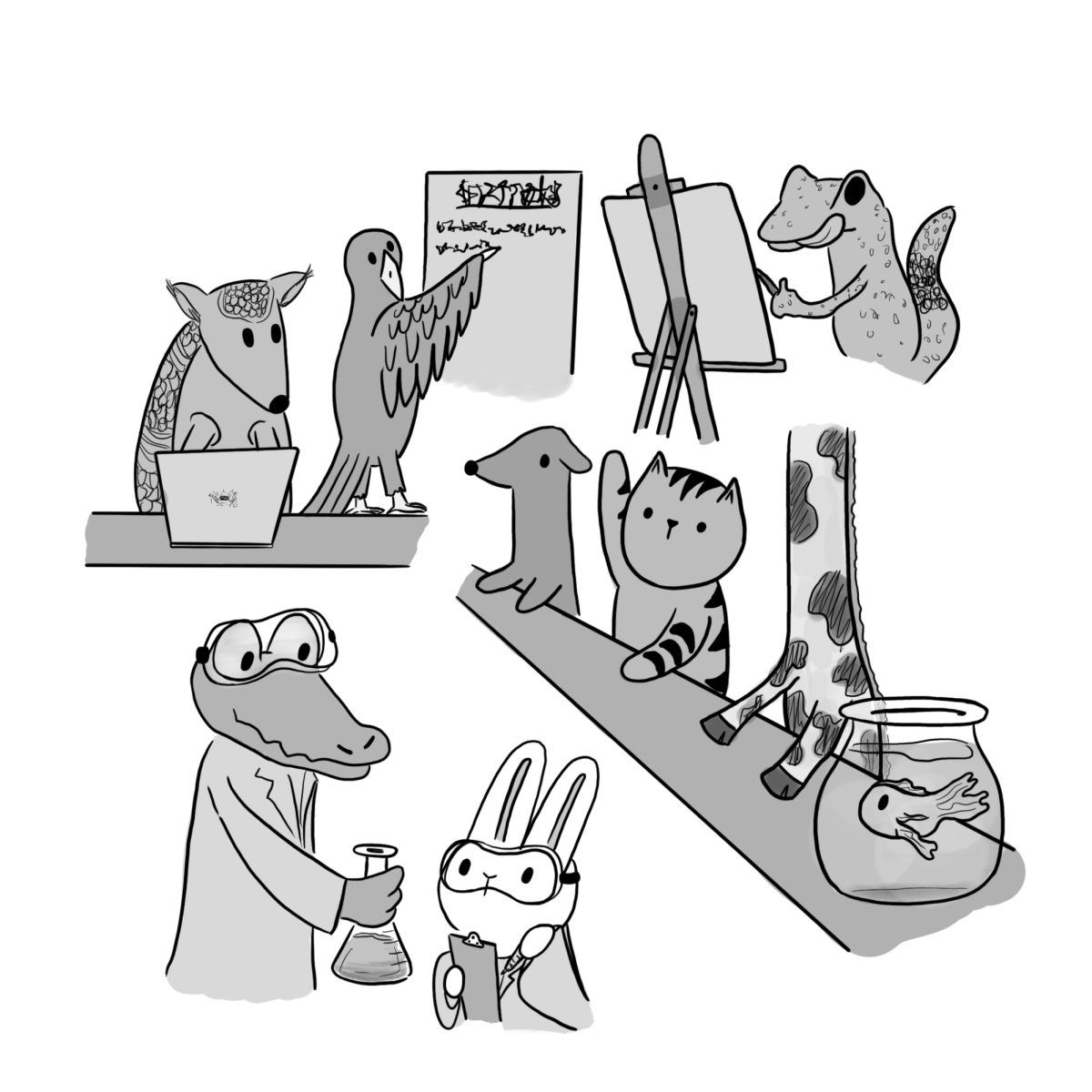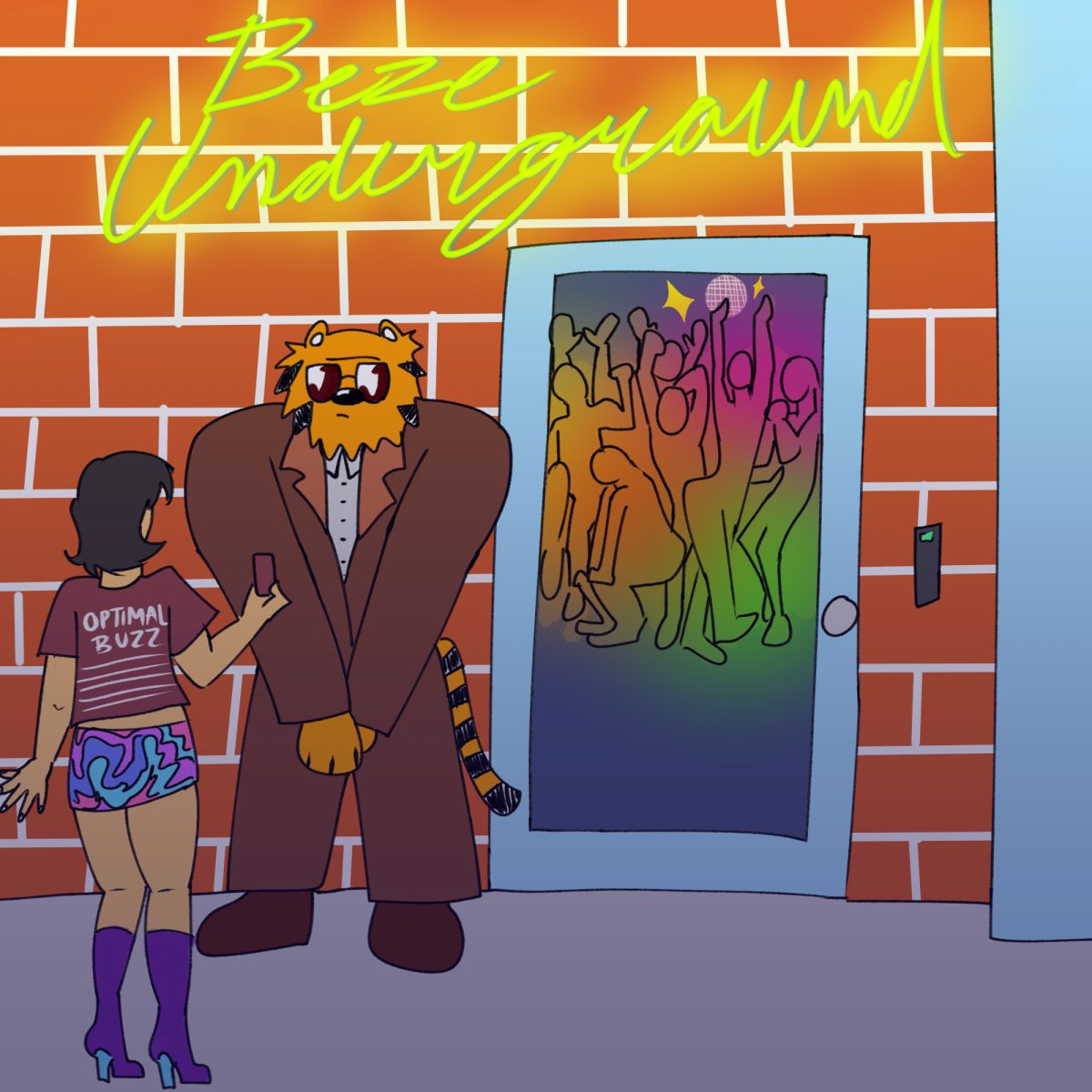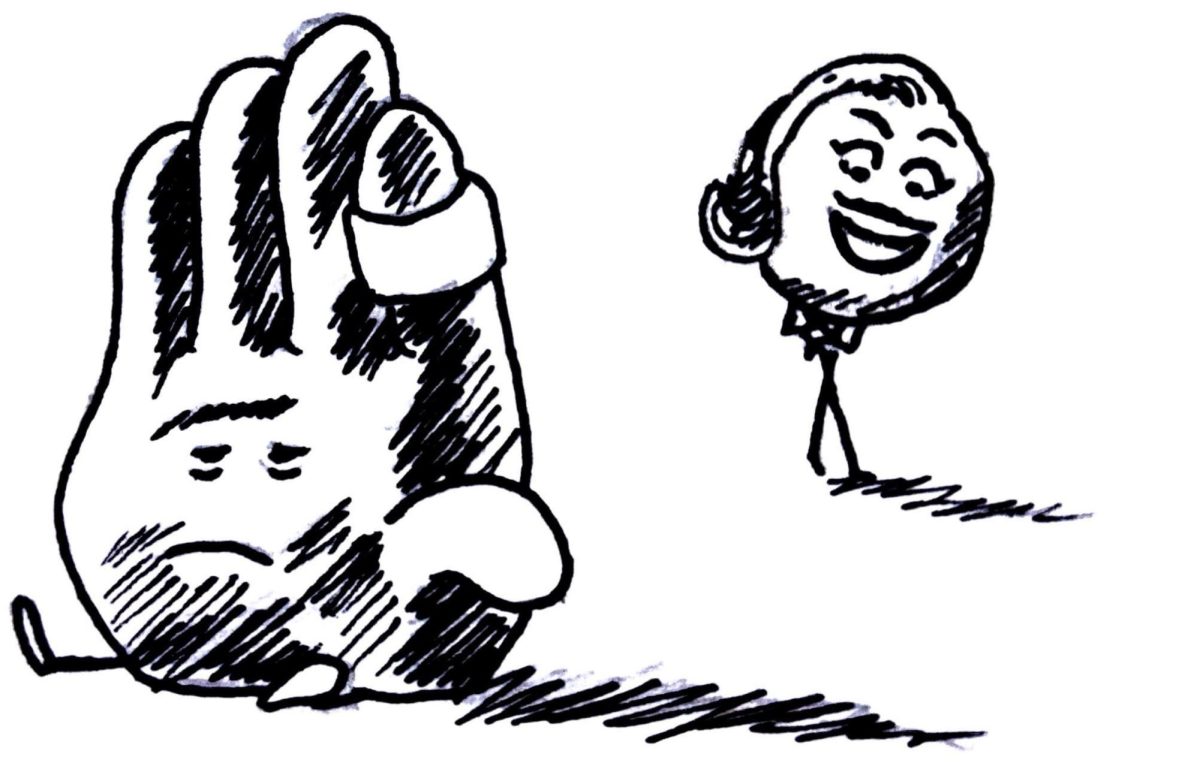The new live-action “Avatar: The Last Airbender” (“A:TLA”) opens at the beginning of the war that looms over the whole series. The audience is immediately greeted with an action-packed chase sequence where an earthbender must face off against a number of firebenders in the attempt to deliver Fire Nation battle plans to the Earth Kingdom. The original opens quite differently: 100 years later with a boy and a girl in a small fishing boat.
The live-action showrunner Albert Kim discussed how he wanted this show, as a serialized Netflix drama, to be more mature, appealing to both kids and to “Game of Thrones” fans. That is apparent from the jump, as seen in the decision to start with an action scene and then to show the airbender genocide before we ever see those two kids, Sokka and Katara, in their boat. This decision, however, like so many decisions made in the interest of “maturity,” rings hollow, erasing subtleties that make this show feel like it’s missing a lot of the depth of the original show.
This adaptation, like so many other pieces of media, equates a show’s maturity with on-screen violence.
There are reasons besides a TV-Y7 rating that the original show didn’t prioritize showing these violent scenes, though. “A:TLA” is about the impact a hundred years of war and colonialism has had on the people of that world, which is why the original series starts with Sokka and Katara. The audience sees the lives they lead and sees their reaction to events like finding Aang, and from there the show builds out its world and lore from the perspective of these kids — the main characters — who have been so thoroughly affected by the conflict in their world.
In the live-action, everything is communicated so directly that the subtle and seamless worldbuilding and character development is just gone. There is no room for slow burns or reveals as the show makes a point to prove how deep it is. They show the airbender genocide rather than allowing for a reveal to come when Aang discovers the skeletons of his friends and family at the air temple. They rush to explain why Iroh cares for Zuko, lest the audience think their relationship has no complexity.
And despite the show’s commitment to maturity, many of the main characters’ flaws are sanded down to the point of being unrecognizable. Aang doesn’t get it quite as bad as Sokka or Katara because there is lip service paid to his fear of responsibility, although many of the instances in which he actually tries to avoid responsibility are missing.
With Sokka, the live-action sought to tone down some of his sexism because of moments in the original where his chauvinistic behaviors were “iffy,” and because overt sexism just wouldn’t fit in with the more realistic approach (even though the Northern Water Tribe still maintains its overtly sexist values). But this new show doesn’t realize that Sokka displaying sexist attitudes isn’t an unforgivable crime because (a) the original clearly paints him as in the wrong and in need of development, and (b) as a teenage boy whose male role models are all gone to war, leaving him at home as a “protector,” it’s not surprising that he internalized some harmful ideas.
However, nobody gets it worse than Katara, who barely resembles her animated counterpart. Katara is one of my favorite characters ever put on screen because she was the first character I truly related to as a child. The Katara of the animated series was kind and nurturing, yes, but she was also bossy and often overbearing — and she got angry. Because of how she had to become a parentified child after the death of her mother, Katara makes others’ well-being her responsibility and feels the need to be right and do what she thinks is right all the time.
In the live-action, Katara gets kindness and nothing else. She complains about how Sokka treats her like a little kid, when in the original, you’d be forgiven for assuming she was the older sibling. She doesn’t force anyone to come on her crusades for justice. She doesn’t get the moments where her anger comes through, like the episode in the original when she gets incredibly frustrated that Aang seems to be learning waterbending quicker than she is.
These flat and rather serious characters feel as if they are just moving through various key plot points, and the fun of the original is lost not just to the desire for more maturity but the eight-episode season length and fear of cancellation. The show isn’t bad, but to stand out in the jam-packed world of streaming, the filmmakers decided to throw as many iconic plot points and teasers for what’s to come at the wall as possible, leaving no time for any subtleties or even for the characters to grow and form bonds.
The “A:TLA” remake demonstrates two things: that you shouldn’t mess with perfection and that the evil of eight-episode seasons must be defeated. Even if the show has good effects and good casting, the changes it made didn’t do a sufficient job of making the show more mature, and the implication that the show needed to be more mature to work in live-action is insulting to the medium of animation and to what the original was able to accomplish with a TV-Y7 rating.
Categories:
‘Avatar’ remake misses certain key elements
In an attempt to be more ‘mature,’ the series loses some of the original’s depth
Tags:
More to Discover
About the Contributors
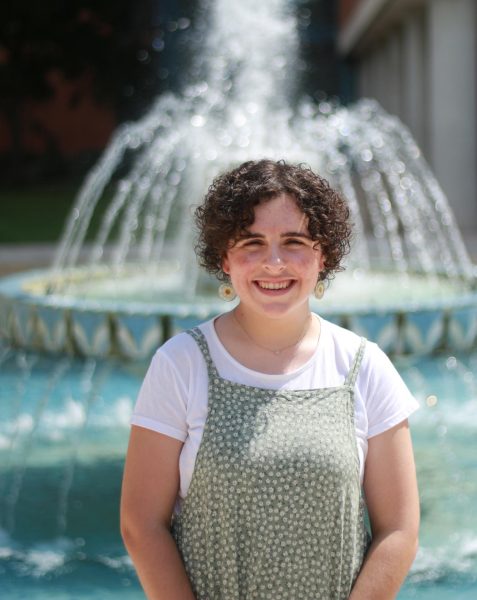
Sarah Fisher, Editor-in-Chief
Hello! My name is Sarah, and I’m a senior from Nashville, TN majoring in communication and Spanish with a minor in history. I’ve been with the Trinitonian since my first semester at Trinity, and I am so excited to serve as the Editor-in-Chief this year. In what little time I have outside of the newspaper, I’m the president of Trinity Mock Trial and a member of the film club.
I can’t wait to see what our staff accomplishes this year and for everyone to see their work as well!
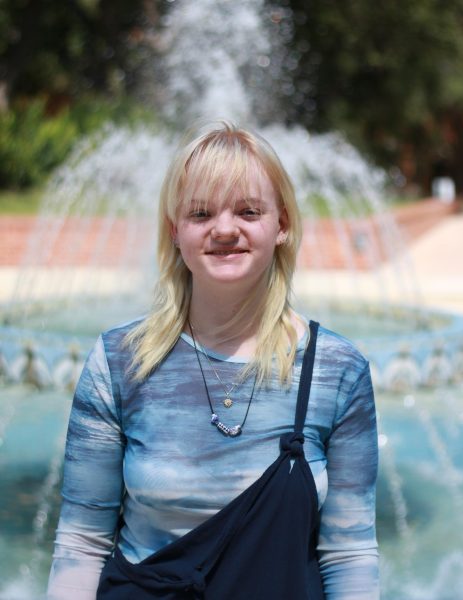
Ellie Perrier, Illustrator
I joined the trinitonian because a friend worked there! Now my mom gets excited to see my illustrations pop up in the digital paper. I am also the President of the Trinity Art Collective (TAC), and am an Art Department Studio Worker.

